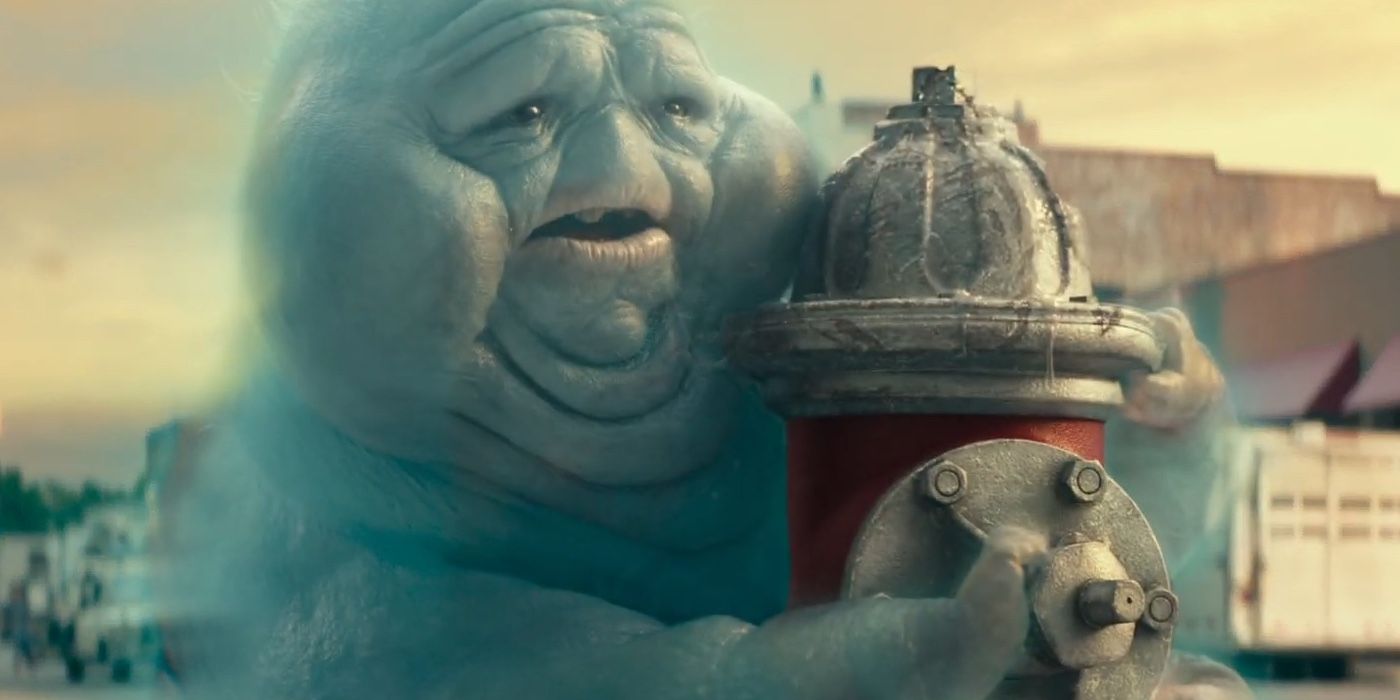The following is a guest post by D. Pat Thomas.
As an enthusiastic fan of the original version of Ghostbusters, I was all excited about the 2021 sequel. But as it turns out, like so many sequels, the remake has its strengths and comes out fun, but misses the mark in some areas.
There are touches of brilliance in Afterlife. Using the granddaughter was an organic segue into the old props and concepts of containment which are the basis of the Ghostbuster theme. The dilapidated farm with its decayed ambiance, antiquated devices, and expanded containment capacity was a hoot; it was the perfect counterpoint to New York City.
Bringing back the original Ghostbusters in their later years was another genius move; seeing Bill Murray, Dan Aykroyd, Harold Ramis and Rick Moranis behind the explosion of proton beams added a whole layer of nostalgia to the earth-shaking crisis of the moment. But here was the first lost opportunity, for the brevity of their appearance leaves the watcher hungry; it doesn’t come until the end of the movie, and it lacks the fun banter and inuendo we loved in the original film. Worse still, the music — so enticing, fun, well liked, singable and durable — was used only during the credits after the movie ended. That failure was a gut punch to any true Ghostbuster fan.
McKenna Grace was perfect as Phoebe and did a magnificent job of portraying all the attributes one would expect of the offspring of a Ghostbuster. She deserves many, supreme accolades for her performance. Carrie Coon as Callie, Paul Rudd as Grooberson, Finn Wolfhard as Trevor and Logan Kim as Podcast, all successfully created individualistic characters we could relate to and thoroughly enjoy. The new version does have its plusses, and the setting and cast are two of them.

The original Ghostbuster movie was sensational largely due to the extraordinary and truly magnificent special effects. Twenty years later, you would think they could come up with a couple of even more fabulous beings from the underworld. But Director Jason Reitman and Producer Ivan Reitman elected to use the same creatures, with the same special effects as the original movie, only the Stay Puft Marshmallows shrank to devilish pixies reminiscent of the cartoon Grizzy and the Lemmings. I had imagined a maxed-out opportunity to showcase the progress made in special effects over the past 20 years, by creating a czar for Gozer or a new and even more fearsome creature as her/its companion. But the Reitmans stuck with the same characters from the underworld, dogs included, except Slimer, an adored ghost, was eliminated and replaced by a fat, blue ghost who binges on metal. It was lopsided to leave out Slimer and only Slimer, then to create only one new ghost as a ‘not-quite’ Slimer replica. Since the blue ghost was not even given an endearing name, I can’t even dress up as the blue fatso for Halloween.
Yes, it is true that the original was so hard to beat that perhaps the Reitmans decided to go with it rather than create something new, different and exciting. Further, they made the choice to downscale the film for a teen audience, which is perfect for family viewing, but which also left out the sexual tension that is so unmistakable and chilling in the original version.
Afterlife is a charming, family-oriented production which will have a sense of newness for those who have not been Ghostbuster aficionados. But for those of us who were so blown away by the original, Afterlife lost an opportunity to become another icon of the supernatural and will instead go the way of well-done sequels that repeat much, without the revelatory stun factor of the original version. In my opinion, the Ghostbuster legacy would best be served with a more balanced use of both the new and the old.